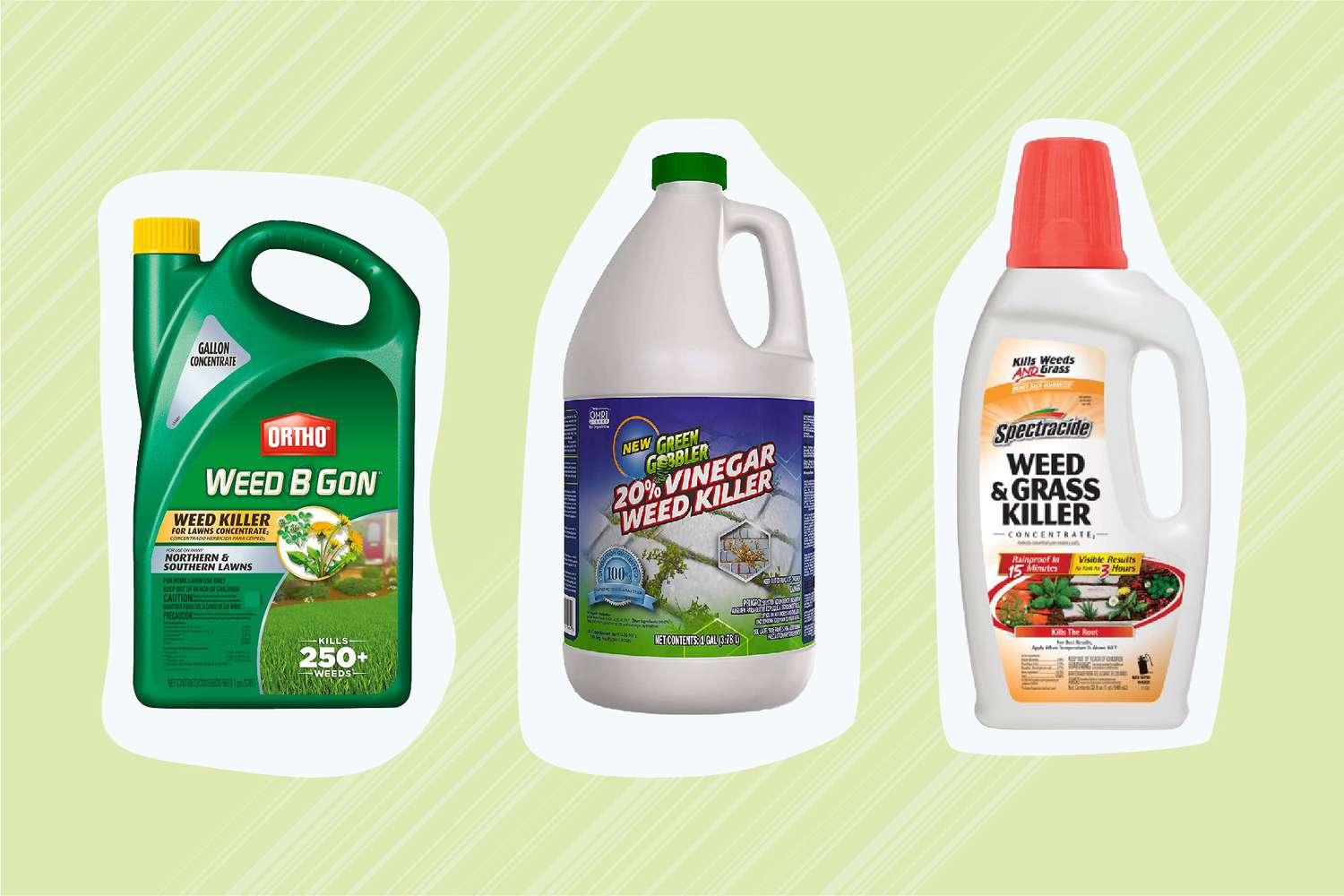Weed killers, also known as herbicides, are commonly used to control and eliminate unwanted vegetation in gardens, lawns, and agricultural fields. One common concern among users is whether weed killer is safe after it dries. The safety of weed killer residues largely depends on the specific product used, the active ingredients, and how they are applied.


Is Weed Killer Safe After It Dries?
Here’s a closer look at the safety of weed killer after it dries:
1. Type of Weed Killer:
Different weed killers contain various active ingredients, and the safety of a particular product may vary. Some herbicides break down quickly after application, while others persist in the environment for longer periods. Reading the product label and understanding the active ingredients is crucial.
2. Time to Dry:
After applying a weed killer, it typically dries within a few hours to a day, depending on weather conditions. Once it’s dry, the risk of direct contact with the treated area is significantly reduced. However, the residues left on surfaces can still pose a risk, especially if they are later touched by people, pets, or wildlife.
3. Safety Precautions:
It’s essential to take safety precautions when using weed killers. Wear protective clothing, gloves, and eye protection during application. Keep children and pets away from treated areas until the product is completely dry and, if applicable, after the specified reentry period.
4. Risk to Humans:
The risk of exposure to dried weed killer residues for humans is generally low. However, contact with treated surfaces should still be minimized. Some weed killers may contain chemicals that, even when dry, can potentially be harmful if ingested, inhaled, or absorbed through the skin.
5. Environmental Impact:
The impact of weed killer residues on the environment can vary depending on the product. Some herbicides may have a minimal impact on non-target plants and wildlife, while others can be more persistent and harmful.
6. Proper Disposal:
Dispose of empty weed killer containers and unused product following the manufacturer’s instructions. Avoid pouring unused product down drains or into water sources, as this can have harmful environmental effects.
In conclusion, whether weed killer is safe after it dries depends on the specific product, its active ingredients, and how it’s used. It’s essential to follow the manufacturer’s recommendations for safe application and be cautious about contact with treated areas until the product is fully dry. Additionally, responsible use and disposal of weed killers are crucial to minimize potential harm to the environment and wildlife. If you have concerns about a specific product or its safety, consult the manufacturer or seek guidance from local agricultural extension services.
Alternative Types Of Weed Killer
Weed killers, or herbicides, come in various formulations and types, each designed to target and eliminate unwanted vegetation in different ways. If you’re looking for alternative types of weed killers, consider the following options:
- Organic Herbicides:
- Organic herbicides use natural ingredients, such as vinegar, citric acid, or essential oils, to kill weeds. They are generally considered safer for the environment and can be a good choice for organic gardening.
- Pre-Emergent Herbicides:
- These herbicides prevent weed seeds from germinating, effectively stopping weeds before they even grow. They’re especially useful for controlling annual weeds and can be applied before planting or during the early spring.
- Selective Herbicides:
- Selective herbicides target specific types of weeds while leaving desirable plants unharmed. For example, you can find selective herbicides designed for broadleaf weeds in lawns while sparing grass.
- Non-Selective Herbicides:
- Non-selective herbicides are designed to kill all vegetation they come into contact with. They are often used in areas where complete vegetation control is needed, such as driveways and sidewalks.
- Systemic Herbicides:
- Systemic herbicides are absorbed by the plant and travel through its vascular system. They are effective in killing the entire plant, including the roots. Glyphosate, found in products like Roundup, is a well-known systemic herbicide.
- Contact Herbicides:
- Contact herbicides kill only the parts of the plant they touch, usually the above-ground foliage. These are best for annual weeds and may require repeated applications.
- Residual Herbicides:
- Residual herbicides create a barrier in the soil that inhibits weed growth over an extended period. They are often used in agriculture to control weeds in crop fields.
- Flame Weeders:
- Flame weeders use high-temperature flames to kill weeds by damaging their cell structure. They are an environmentally friendly option for weed control and are commonly used in organic farming.
- Mulch and Landscape Fabric:
- Preventing weeds from growing in the first place is an alternative to using herbicides. Mulch and landscape fabric can be effective at smothering weeds and reducing their growth.
- Homemade Weed Remedies:
- Some gardeners use homemade solutions like boiling water, salt, or a mixture of vinegar and dish soap to control weeds. These DIY remedies may be less effective than commercial herbicides but are often considered safer for the environment.
When selecting an alternative weed killer, it’s essential to consider your specific needs, the type of weeds you’re dealing with, and the potential impact on the environment. Always follow the manufacturer’s instructions and safety guidelines when using any weed control product.
What to do When Your Zojirushi Rice Cooker Gets an H01 or H02 Error Code
What happened to Dale Robertson’s horse Jubilee?
What does it mean when a lizard poops on you?
What is the meaning of 18 bills in a debut?
What is the most expensive item on TF2?
Are lubber grasshoppers poisonous to dogs?
Ice JJ Fish Net Worth
What is the IMU Unit in a Hospital?
How Many Rabbits are in the World?
Is Milk Really Cow Sperm?
This story originally appeared on Mostexpensivething

